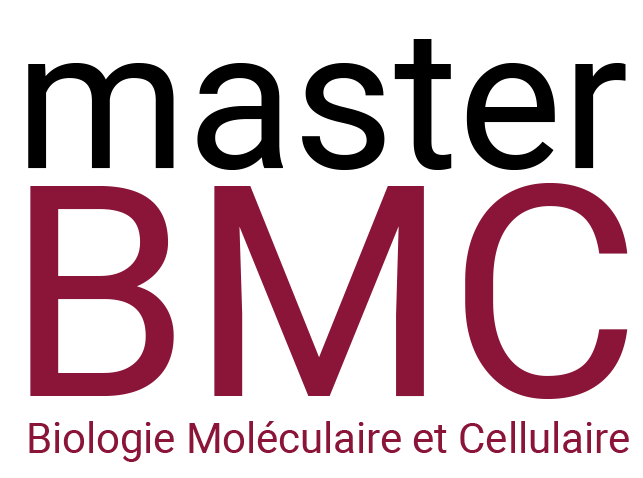Molecular regulation of IL-10 expression in stable regulatory B cells
Responsable du Stage : Simon Fillatreau
Tél : 01 40 61 53 20 E-mail: simon.fillatreau@inserm.fr
Institut Necken enfants malades
Résumé du Projet de Stage
Immune-mediated inflammatory diseases(IMIDs)affect 5-10% of the population.There is no cure forthese diseases, and patients are treated for life with non-specificimmunosuppressivedrugs, whichcanhave severe side effects. As an alternative, a novel concept is to use regulatory cells that normallyprevent the activation of disease-causing cellsduring health, relying on their physiological aptitude toperform this taskwith exquisite precision, with great efficacyand without causing side effects.Thedefects in immune regulationobserved in IMIDsprovidefurther credence to this concept.However,there is currentlyno approachtospecificallyboostimmuneregulationin a therapeutic manner. Wepioneered the discoveryof the regulatory functions ofIL-10-producing B cellsby demonstrating thattheycould actively terminate an established autoimmune disease in a modelof multiple sclerosis(MS).We identified the signals driving IL-10 expression in B cells.Based on this information, weidentifiednovel potent inducers of IL-10 in activated B cells,andestablisheda protocol to generatequasi pure IL-10-producing B cells (>95%).IL-10expressionis stable in theseB cells, which arerefractory to pro-inflammatory cytokine production.TheobtainedIL-10-producing B cells display aremarkable therapeutic effect in a model of MS:the adoptive transfer of these Bregs at the peak ofclinical symptoms cured recipient mice from disease within a few days, whereas untreated controlsdeveloped a severe chronic disease. The administered B cells accumulated in the inflamed centralnervous system (CNS),where theydifferentiated intoIL-10-producingplasmocytes resembling rareIL-10-producing plasmocytes observed in theCNSlesions of MS patients.The established protocolthus generateswith remarkable efficacy cells that are protective but rare in MS.Our goal is now todevelop thisapproach for cell therapy in human.IL-10-producing B cellsarenowknownto provideprotection from multiple IMIDs. Strengthening B cell-mediated regulation might thus be of generalinterest.In this perspective,we areactively pursuing the characterization of the molecular mechanismsunderpinning the differentiation of IL-10-producing regulatoryBcells usingRNAseq, single cellRNAseq, ATACseq,metabolomics, proteomics,and functional genomics (CRISPR/Cas9, etc.),as wellas state-of-the-art bioinformatics and artificial intelligence approaches, in collaboration with the groupof Dr. Hervé Isambert(Institut Curie).Using this combination of molecular, bioinformatics, andgeneticapproaches, this projectwill aim atdecipheringthe molecular circuits controllingBregformation, and the optimization of Bregs production for cell therapy.The continuation of the project ina PhD would involve the analysis of the beneficial effect of thisadoptive B cell therapy in othermodelsof IMIDs, particularly the utilization of human B cells in the context of humanized mousediseasemodels.
Dernières Publications en lien avec le projet :
1.Cerqueira C, Manfroi B, Fillatreau S. 2019.IL-10-producing regulatory B cells and plasmocytes:Molecular mechanisms and disease relevance.Semin Immunol. 44:101323.
2. Lino AC, Dang VD, LampropoulouV, Welle A, Joedicke J, Pohar J,Simon Q, Thalmensi J, BauresA, Flühler V, Sakwa I, Stervbo U, Ries S, Jouneau L, Boudinot P, Tsubata T, Adachi T, Hutloff A,Dörner T, Zimber-Strobl U, de Vos AF, Dahlke K, Loh G, Korniotis S, Goosmann C, Weill JC, Reynaud CA, Kaufmann SHE, Walter J, Fillatreau S. 2018.LAG-3 Inhibitory Receptor Expression Identifies Immunosuppressive Natural Regulatory Plasma Cells. Immunity. 49 :120-133.
3. MengX, Grötsch B, Luo Y, Knaup KX, Wiesener MS, Chen XX, Jantsch J, Fillatreau S, Schett G,Bozec A. 2018. Hypoxia-inducible factor-1α is a critical transcription factor for IL-10-producing Bcells in autoimmune disease. Nat Commun. 9 :251.
4.Shen, P, and S.Fillatreau. 2015. Antibody-independent functions of B cells: a focus on cytokines.Nat Rev Immunol. 15:441.
5. Shen, P., Roch, T., V. Lampropoulou, R.A. O’Connor, U. Stervbo, E. Hilgenberg, Y. Jaimes, C.Daridon, R. Lui, L. Jouneau, P. Boudinot, S. Ries,Y. Miyazaki, M.D. Leech, R.C. McPherson, S.Wirtz, M. Neurath, V.D. Dang, K. Hoehlig, E. Meinl, A. Grützkau, J.R. Grün, K. Horn, A.A. Kühl, T.Dörner, A. Bar-or, S.H.E. Kaufmann, S.M. Anderton, and S. Fillatreau. 2014. IL-35-producing B cellsare criticalregulators of immunity during autoimmune and infectious diseases.Nature. 507: 366.
Ce projet s’inscrit-il dans la perspective d’une thèse :
oui x
si oui type de financement prévu : à demander
Ecole Doctorale de rattachement : ED BioSPC
Intitulé de l’Unité : Institut Necker Enfants Malades (INEM)
Intitulé de l’équipe : Immunité Normale et Pathologique
Nom du Responsable de l’Unité : Fabiola Terzi
Nom du Responsable de l’Équipe : Simon Fillatreau
Adresse :156-160, rue de Vaugirard 75015 Paris

